







| Green Heron (Butorides virescens (Linnaeus, 1758)) |








|
|
Scientific name: Butorides virescens (Linnaeus, 1758) Common name: Green Heron French name: Héron vert Order: Pelecaniformes Family: Ardeidae Size: Body size: 41 to 46 cm; Weight: 150 to 240 g; Wingspan: 64 to 68 cm. Habitat: Wooded or densely vegetated areas bordering freshwater or saltwater. The mangrove is a typical habitat of the Green Heron. It can venture to open areas to look for food. Food: Fishes, amphibians and aquatic insects. Nesting: The nest is a platform in a tree or bush that overhangs the water. There are 3 to 5 eggs per clutch. Migration: Populations in south-eastern Canada, northern and central United States move southwards in winter. Populations in the western and southern United States partially migrate. The other populations are mostly sedentary. Geographic area: North America, south-eastern Canada, Pacific coast and areas east of the Rocky Mountains in the United States, Central America, West Indies. |
The Green Heron is a small, stocky heron often seen with the neck curled over the shoulders. The cap is black. Upper body and wings are dark slate grey. The wing feathers are finely edged in cream colour. We can sometimes distinguish a green component which is at the origin of the name of the species. The sides of the head, neck and chest are chestnut-purple with a white median stripe running down from the chin to the chest. The belly is light beige-grey. The iris of the eye is yellow. A small yellow mark extends from the bill to the eye. The bill is black with yellow on the lower mandible. A thin white stripe extends from the underside of the beak to the side of the head. The legs are yellow. Juveniles are much duller in colour. |
| [To know more about the Green Heron] [Next picture] [Top] |

|
Green Herons are often seen alone. This one was observed at the Grand-Étang des Salines. |
| [To know more about the Green Heron] [Next picture] [Previous picture] [Top] |

|
The Grand-Étang des Salines is equipped with an observation bridge. This Green Heron focused on its search for prey does not care about the tourists who have come to see it. |
| [To know more about the Green Heron] [Next picture] [Previous picture] [Top] |
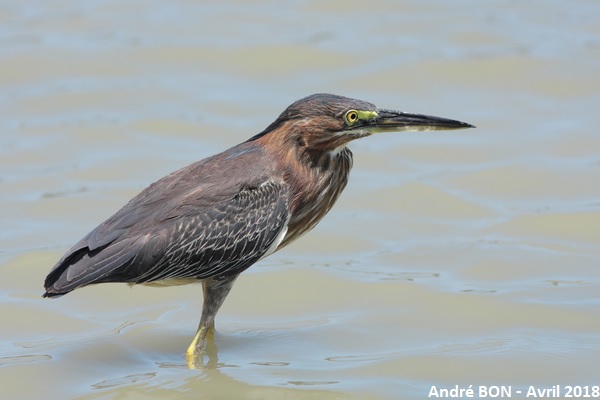
|
It was possible to get very close, moving slowly and without sudden movements on the observation bridge of course. |
| [To know more about the Green Heron] [Next picture] [Previous picture] [Top] |
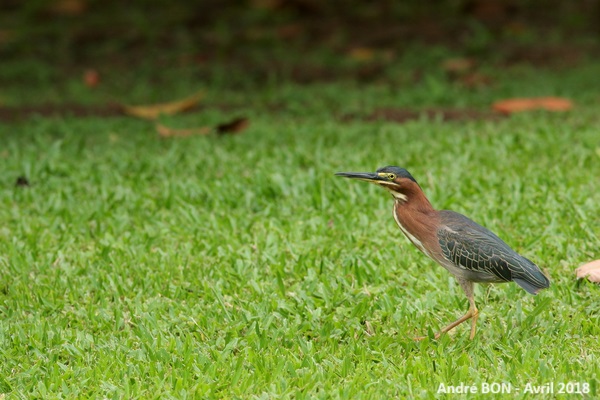
|
We came across this Green Heron during the very interesting visit to Habitation Clément. |
| [To know more about the Green Heron] [Next picture] [Previous picture] [Top] |
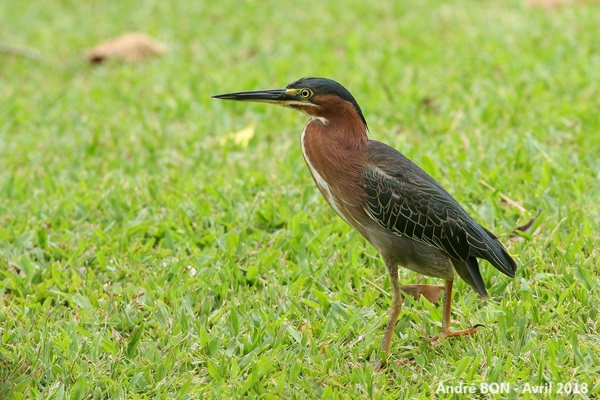
|
Green Herons are really not shy birds. |
| [To know more about the Green Heron] [Next picture] [Previous picture] [Top] |
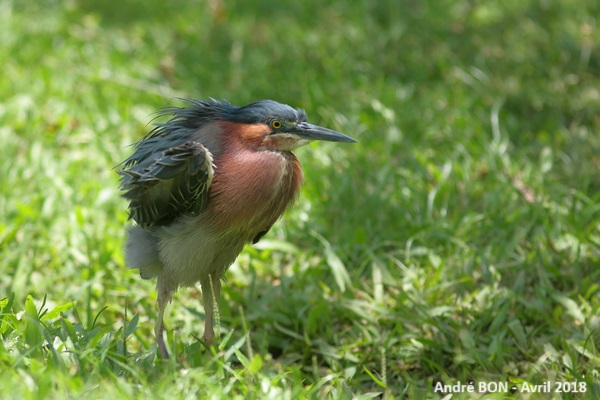
|
However, is it because we were disturbing it that this Green Heron fluffed up his feathers? |
| [To know more about the Green Heron] [Next picture] [Previous picture] [Top] |
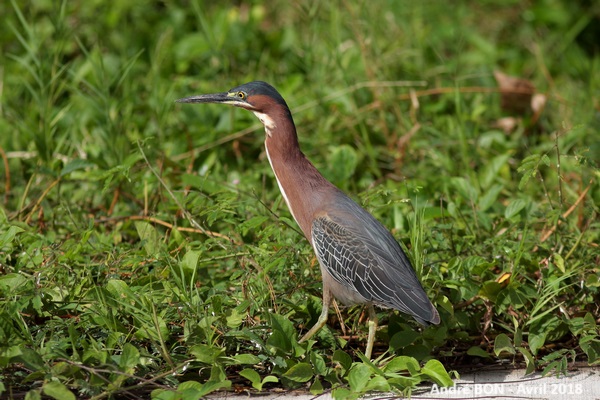
|
During our visit to Case Pilote we saw this Green Heron in the middle of the village. |
| [To know more about the Green Heron] [Previous picture] [Top] |
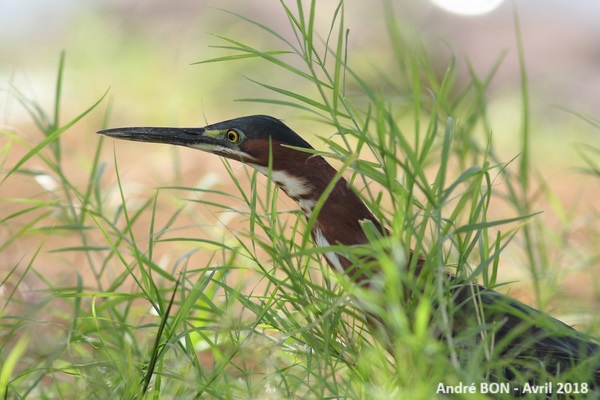
|
Concentrated on the possible capture of prey, this Green Heron completely ignored our presence. |